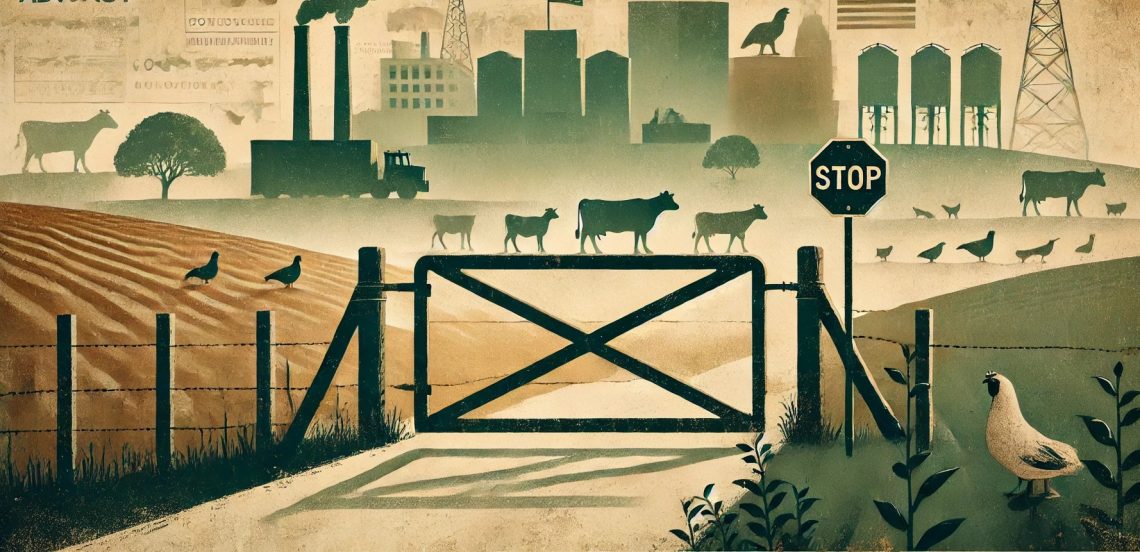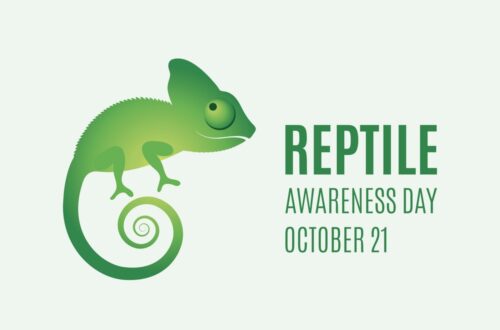
Why Farmed Animal Advocacy is Failing to Break Through—and What Needs to Change
India is home to the largest number of farmed animals in the world, yet farmed animal advocacy remains underfunded, underestimated, and largely absent from key decision-making spaces. The challenge is not just about funding, but about visibility, institutional engagement, and policy relevance. If the movement is to make meaningful progress, it must shift from the margins to the center of discussions on food systems, health, and sustainability.
The Institutional Blind Spot
Farmed animal advocacy has struggled to establish itself in mainstream institutional spaces. Unlike environmental concerns, which are now embedded in climate policy, corporate responsibility frameworks, and public health initiatives, farmed animal welfare is still treated as a niche issue.
- Food security policies focus on increasing protein access but rarely consider how industrial meat and dairy production contribute to food instability, antibiotic resistance, and environmental degradation.
- Public health frameworks address malnutrition and disease but often overlook the growing burden of diet-related illnesses linked to industrialized animal agriculture.
These gaps keep farmed animal advocacy disconnected from broader discussions on food policy, sustainability, and health. Until these links are made explicit, the issue will remain on the sidelines.
The Policy Trap
Farmed animal welfare policies in India are slow-moving, fragmented, and difficult to implement at scale. Many policy efforts focus on incremental welfare improvements rather than addressing the structural drivers of industrial farming.
- Successful policy change happens when public and institutional pressure align. Air pollution laws, for example, gained traction because scientific evidence, public outcry, and legal challenges reinforced one another.
- Farmed animal policy lacks this alignment. It is often driven by expert recommendations but lacks public engagement and economic arguments that would make it politically unavoidable.
The focus must shift from lobbying for isolated policies to building a broader public and institutional movement that makes farmed animal welfare a necessary part of India’s agricultural and environmental agenda.
The Visibility Deficit
Despite its environmental and public health consequences, industrial animal agriculture remains largely absent from mainstream discourse. Other issues—deforestation, air pollution, and climate change—have secured public and media attention, yet factory farming is rarely framed as a crisis of similar scale.
- Public health narratives have successfully connected smoking to lung disease, yet industrial farming’s contribution to India’s rising disease burden remains underexplored.
- The environmental movement has built strong public engagement on land, water, and pollution issues, yet factory farming’s role in these crises is often ignored.
Farmed animal advocacy must invest in media engagement, strategic storytelling, and public awareness to ensure that the issue is no longer invisible.
The Funding and Scaling Gap
Farmed animal advocacy remains one of the most underfunded movements in India, with limited investment in grassroots organizing, research, and long-term institutional engagement. While international donors have supported high-impact work in corporate and policy advocacy, gaps remain:
- There is little funding for public engagement and local movement-building, which are essential for sustained impact.
- Indian philanthropic funding has not yet recognized farmed animal welfare as a priority, limiting opportunities for expansion.
Expanding the funding base requires repositioning farmed animal welfare as an issue of food security, public health, and sustainability, making it relevant to funders beyond the traditional animal welfare space.
What Needs to Change?
- Integrate farmed animal advocacy into food, health, and climate policy. It must be seen as part of broader policy conversations rather than a standalone issue.
- Shift from reactive to proactive advocacy. Instead of responding to crises, the movement must anticipate and shape policy discussions before decisions are made.
- Invest in visibility. Public and media engagement must ensure that farmed animal welfare is recognized as a critical issue.
- Diversify funding sources. A broader funding strategy can engage Indian donors, institutional partners, and cross-sector funders interested in food systems transformation.
Farmed animal advocacy is at a turning point. It can remain on the margins or position itself as a critical part of discussions on India’s food future. The choice will determine whether the movement achieves meaningful change or remains a niche concern in a rapidly evolving landscape.
Disclaimer: This post was crafted with AI-assisted language support to refine clarity and flow. However, the ideas, analysis, and perspectives are entirely my own—shaped by my research, lived experience, and strategic work in movement-building, advocacy, and systems change.




